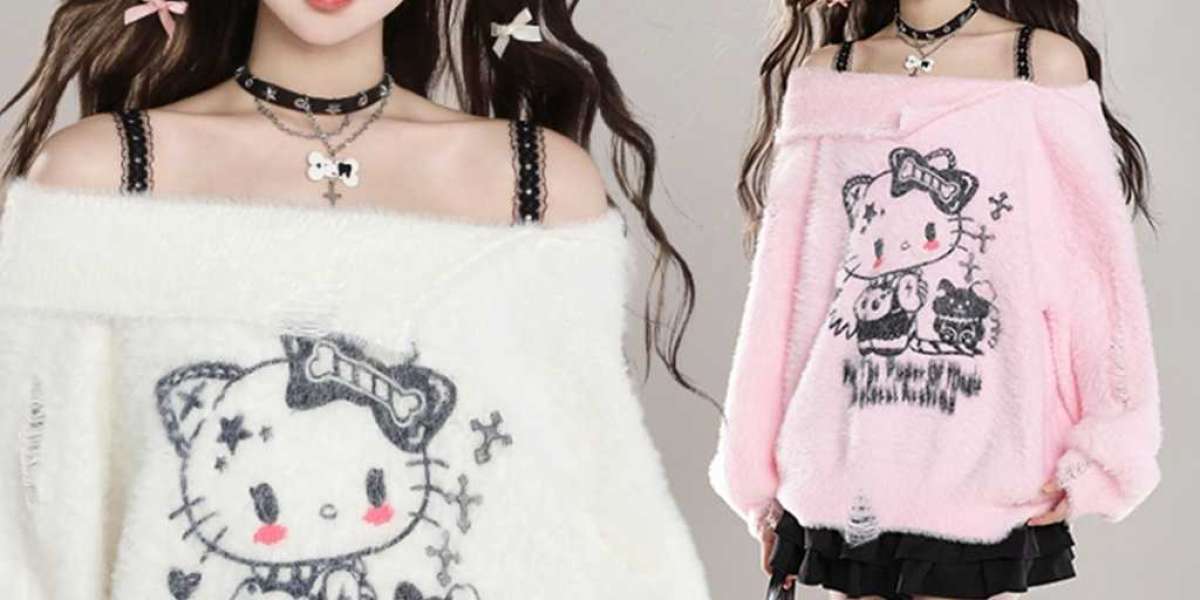Introduction
Aesthetic kawaii outfits have gained reputation in recent times, significantly amongst younger fashion fans. The term "kawaii" originates from Japan and translates to "cute" or "adorable." Kawaii vogue is characterized by vivid colours, whimsical prints, and playful accessories that invoke emotions of innocence and youthfulness. This article aims to explore the science behind aesthetic kawaii outfits, including the psychological and cultural elements that contribute to their enchantment.
Psychological Components
The appeal of aesthetic kawaii outfits may be attributed to various psychological factors. Analysis suggests that publicity to cute or adorable stimuli can elicit optimistic emotions, comparable to joy, happiness, and a way of comfort. This phenomenon, known because the "cuteness response," is thought to be a result of the mind's reward system being triggered by the visual and tactile qualities of cute objects.
Moreover, studies have shown that the notion of cuteness can affect behavior and determination-making. For example, individuals could also be more inclined to strategy and interact with someone carrying a kawaii outfit due to the optimistic feelings it evokes. This will foster social connections and a sense of camaraderie amongst like-minded individuals who recognize kawaii fashion.
Cultural Influences
The recognition of aesthetic kawaii outfits can also be attributed to cultural influences, notably the affect of Japanese popular culture on global vogue developments. Japan is renowned for its vibrant road vogue scene, with Harajuku being a hub for various and avant-garde kinds. Kawaii vogue emerged in Japan in the 1970s and has since advanced into a distinct subculture that has gained widespread international attraction.
The affect of Japanese pop tradition, notably anime and manga, has performed a big function in popularizing kawaii vogue around the world. Characters akin to Hello Kitty, Pikachu, and Sailor Moon are iconic symbols of the kawaii aesthetic and have inspired numerous style designers and fanatics to include cute and playful parts into their outfits.
Furthermore, the philosophy of kawaii extends past fashion and into various facets of Japanese society, including art, design, and popular media. The emphasis on cuteness and innocence in kawaii tradition reflects a desire to flee the pressures of trendy life and embrace a extra carefree and optimistic outlook.
Fashion and Self-Expression
Aesthetic kawaii outfits provide people a singular form of self-expression and a means of asserting their individuality in a world that usually values conformity. By donning kawaii fashion, individuals can create a visible identity that displays their character, pursuits, and values. This type of self-expression will be empowering and liberating, permitting individuals to break free from societal norms and categorical themselves authentically.
Moreover, the playful and whimsical nature of kawaii fashion can spark creativity and encourage individuals to experiment with completely different styles and combos. The bold colors, quirky prints, and quirky equipment that characterize kawaii outfits encourage self-expression and encourage people to embrace their inside little one and explore their sense of imagination.
Conclusion
In conclusion, aesthetic kawaii outfits have gained recognition on account of a combination of psychological, cultural, and self-expression factors. The appeal of kawaii style lies in its potential to evoke positive emotions, foster social connections, and supply individuals a unique type of self-expression. As the popularity of kawaii vogue continues to grow, it is evident that its influence extends beyond aesthetics and into the realm of psychology, culture, and personal identification. Whether or not worn as a type of self-expression or as a technique of connecting with like-minded individuals, kawaii outfits have the ability to inspire creativity, spark joy, and rejoice the great thing about innocence and youthfulness.


